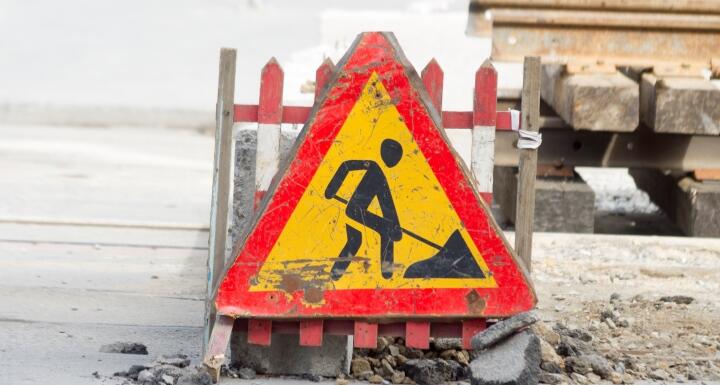When the North Carolina Department of Transportation ("DOT") exercises its power of eminent domain, in addition to taking private property in fee simple, it will often take various easements, including Permanent Utility Easements ("PUE"). While the initial plan may be to install underground utilities in that easement area that will not significantly hamper the property owner's use of the easement area, DOT will have the right, pursuant to its standard easement language in its easement agreements and in its lawsuits, to install above‑ground utility components such as, for example, sewer pump stations and utility poles.
The standard language DOT uses in its lawsuits states that DOT is taking:
A permanent utility easement for all purposes for which the Plaintiff [DOT] is authorized by law to subject the same. Said utility easement in perpetuity is for the installation and maintenance of utilities, and for all purposes for which the Department of Transportation is authorized by law to subject same. The Department of Transportation and its agents or assigns shall have the right to construct and maintain in a proper manner in, upon and through said premises a utility line or lines with all necessary pipes, poles and appurtenances, together with the right at all times to enter said premises for the purpose of inspecting said utility lines and making all necessary repairs and alterations thereon; together with the right to cut away and keep clear of said utility lines, all trees and other obstructions that may in any way endanger or interfere with the proper maintenance and operation of the same with the right at all times of ingress, egress and regress. The Department of Transportation shall have the right to construct and maintain the cut and/or fill slopes in the above‑described permanent utility easement area(s). The Permanent Utility Easement shall be used by the Department of Transportation for additional working area during the above‑described project.
It should be noted from the above wording that DOT has broad rights to use the PUE and, in addition, has the right to gain access to the PUE and the right to maintain the utilities that are placed in the PUE.
In the standard DOT easement agreements offered to property owners during negotiations before DOT files a condemnation lawsuit, the wording is very similar to the above, but also contains the following "olive branch:"
The underlying fee owner shall have the right to continue to use the Permanent Utility Easement area(s) in any manner and for any purpose, including but not limited to the use of said area for access, ingress, egress, and parking, that does not, in the determination of the Department, obstruct or materially impair the actual use of the easement area(s) by the Department of Transportation, its agents, assigns, and contractors.
Although this wording offers some comfort to the property owner that continued use of the easement area is permissible, DOT still has the right to install above-ground facilities and is the sole "decider" of whether the property owner's use of the easement area obstructs or materially impairs DOT's use of the easement area.
A case in point comes from a DOT condemnation in which we were involved in Alamance County. Our client was the owner of a 15 acre parcel that had a large warehouse on the property. The loading docks of the warehouse were on the side of the property where the DOT highway project was to be built. Before the highway project, there was sufficient room for tractor trailers to be able to gain access to the loading docks. And, the actual highway was going to be constructed a sufficient distance from the loading docks so as not to inhibit the ability of the tractor trailers to access the loading docks. However, DOT also took a Permanent Utility Easement along the highway that encroached further into our client's property. Although the initial plan was for underground utilities in the easement area, the very broad language referenced above was used in the Declaration of Taking filed with the lawsuit. We successfully argued that this Permanent Utility Easement, if used to its full extent, would make it impossible for tractor trailers to maneuver to the loading docks. We were able to reach a settlement with DOT that was over 35% more than DOT's initial offer of just compensation.
Before signing that easement agreement with DOT or before settling a DOT condemnation action for DOT's proposed amount of just compensation, a property owner should fully consider what is being taken and how that will affect the value of the property, not only in its current condition, but in the future. The attorneys in our firm's Eminent Domain Practice Group will be glad to help you with these issues should the occasion arise.







